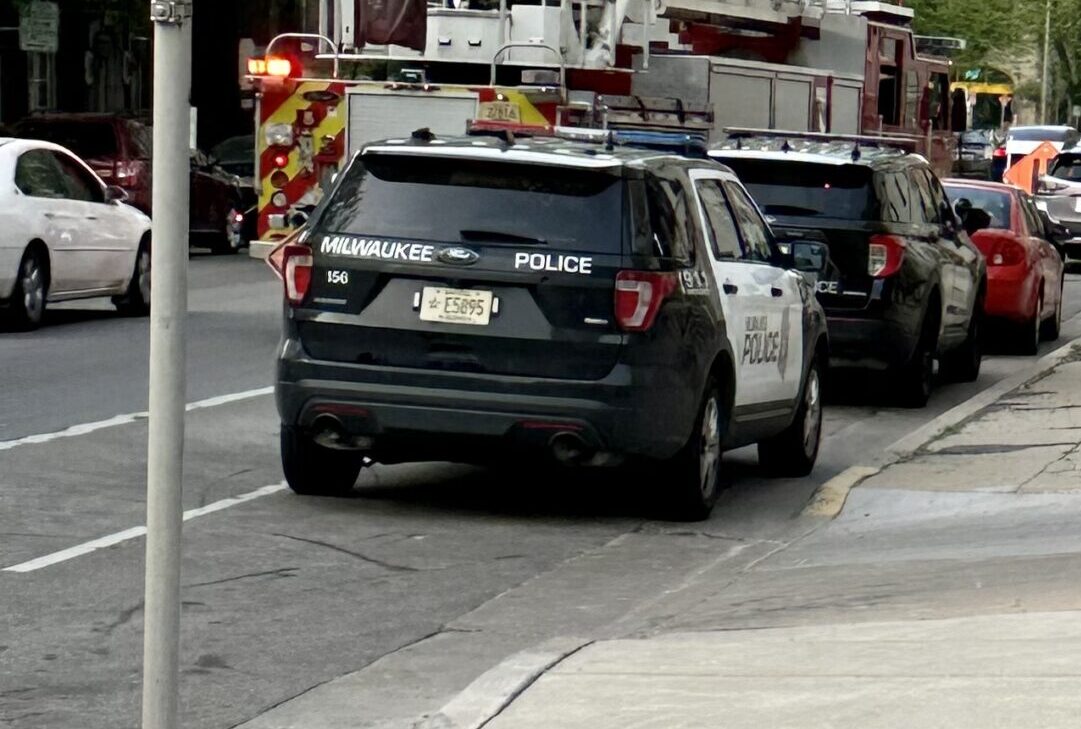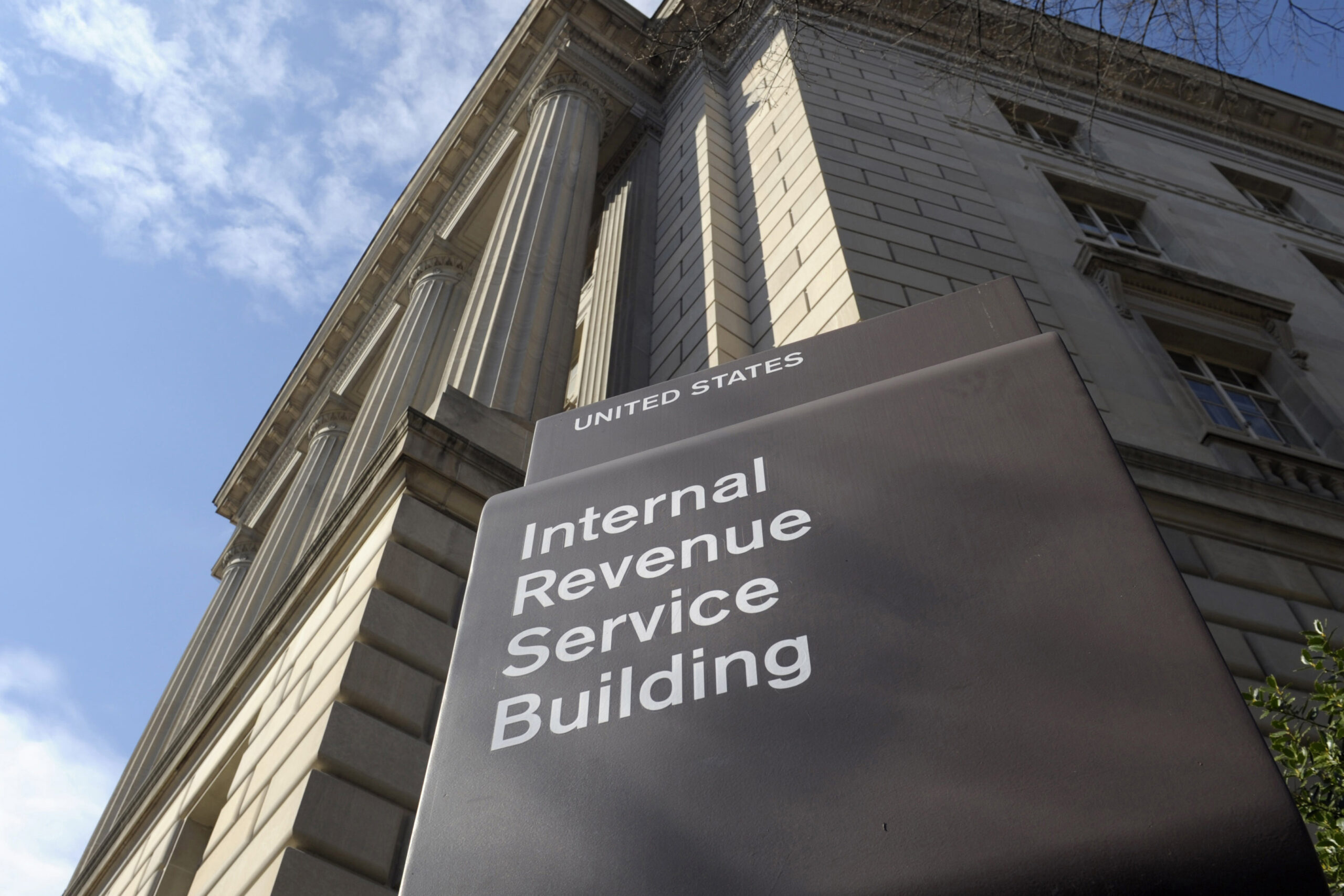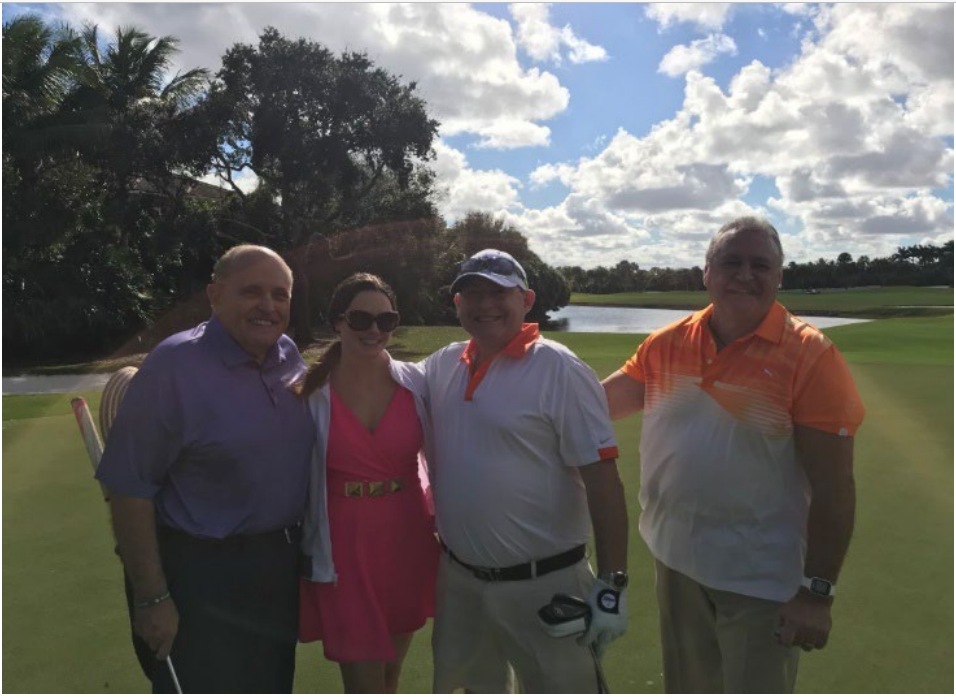High court hears Miller Park case
By: dmc-admin//November 3, 2004//
 |
|
“But while the court of appeals’ interpretation may be what they wanted and what others wanted, it is not supported by the statute.” Robert L. Habush |
What’s a court to do when the legislature has indicated its intent to do one thing, but drafts a statute that seemingly does the exact opposite?
That is the question the Wisconsin Supreme Court considered in oral arguments last Thursday, and the stakes couldn’t be higher — $94 million dollars in punitive damages.
The case involves the 1999 collapse of a 45-story crane during the construction of Milwaukee’s Miller Park Stadium. The plaintiffs — widows of the three men killed when the crane collapsed in high winds — maintain that Mitsubishi Heavy Industries America, Inc., ordered the lift despite knowing the wind speeds were too high.
The jury awarded $5.25 million in compensatory damages, and, as noted, $94 million in punitive damages. However, the court of appeals reversed the award of punitive damages, over a bitter dissent by Judge Charles B. Schudson.
At issue is sec. 895.85(3), which provides, "The plaintiff may receive punitive damages if evidence is submitted showing that the defendant acted maliciously toward the plaintiff or in an intentional disregard of the rights of the plaintiff."
The statute was enacted in 1995. Prior to the statute, punitive damages were governed solely by common law, and according to the defendants, the purpose of the statute was to make it more difficult to collect punitive damages.
Robert L. Habush, of Habush, Habush & Rottier, in Milwaukee, arguing for the plaintiffs, acknowledged that was the legislature’s intent, but framed the question as, "how much harder."
Focusing on the statute, Habush urged the court to reject the interpretation adopted by the court of appeals as limiting punitives only to intentional torts, an interpretation not supported by the plain language of the statute. Habush argued that the legislature could easily have expressly limited punitive damages to intentional torts, had that been its intent.
In response to questioning by Justice N. Patrick Crooks whether permitting punitive damages, whenever a plaintiff’s rights were intentionally disregarded, would lead to punitive damages in any negligence case, Habush responded that that was not intended. Instead, Habush argued that the court should adopt a standard under which there still must be aggravating circumstances.
Habush asserted that lower courts must assume a gatekeeper role, barring punitive damages for routine negligence. "It is absurd nonsense to suggest that this standard will lead to punitive damages for driving 65 mph in a 55 mph zone," Habush declaimed.
Habush urged adoption of the classic standard for determining obscenity — that while it may be hard to define, "we’ll know it when we see it."
Habush repeatedly stressed canons of statutory construction — that because the statute is unambiguous, resort to legislative history contradicting that language is impermissible.
Turning to the facts in the case at bar, Habush asserted that, by consciously deciding to go forward with the lift, despite the potential that people could be killed based on the wind calculations, Mitsubishi showed deliberate and intentional disregard of the workers’ rights.
Although he acknowledged, in response to questioning by Justice Patience D. Roggensack that the Mitsubishi employee who ordered the lift was standing underneath the crane in harm’s way himself, Habush responded, "Not to the degree of the people in the crane. … He had no right to put others in harm’s way."
Also at issue in the case was what multiplier to use, if the court should hold that punitive damages could be awarded. Noting that, in the case of Trinity v. Tower, 261 Wis.2d 333, 661 N.W.2d 789, the court looked not to the actual monetary harm to the plaintiff, but to the potential harm, Habush called it a "miracle" that only three people were killed, and argued that the court can constitutionally consider the harm that was likely to result — even more men killed.
In conclusion, Habush told the court, "It’s up to you folks what you think is reasonable. We’ll live with a slap on a wrist or a hit on the head with a 2×4. But while the court of appeals’ interpretation [no punitive damages] may be what they wanted and what others wanted, it is not supported by the statute."
Ralph A. Weber, of Gass, Weber & Mullins, LLC, in Milwaukee, argued the case for defendant Mitsubishi, emphasizing four points: no intent to harm; lack of awareness of a practical certainty that anyone would be harmed; the men making the decisions were in the zone of harm themselves; and the purpose of the statute was to make punitive damages less available than before its enaction.
As for the suggestion that courts will "know it when they see it," Weber maintained that the whole purpose of codifying the standard for punitive damages was to eliminate that kind of uncertainty.
The statute must be read in reference to the common law that preceded it, Weber maintained, and argued that the interpretation urged by Habush would indeed permit punitive damages for common negligence, even though that was not allowed under the previous common law.
Weber argued, whenever a driver exceeds the speed limit, he intentionally disregards the rights of other motorists, and under the plaintiff’s view, punitive damages could be awarded whenever a negligent driver was speeding.
Weber argued, "As soon as a driver goes 65 in a 55, he has disr
egarded rights. As soon as an accident occurs, punitive damages are available. That wasn’t the law pre-1995, and it can’t be the law now if we respect legislative intent."
Noting that every personal injury case involves a breach of duty and a "disregard of rights," Weber said the standard must evaluate the probability of injury from the state of the mind of the defendant, and ask whether injury was practically certain to occur.
Asked by Justice Ann Walsh Bradley to define, "intentional disregard of the rights of the plaintiff," Weber responded, "Specific or inferred intent causing a tortious injury practically certain to occur."
Questioned by Justice Louis Butler where that definition exists in the statute, Weber referred to the common law: "The court is not here to make policy. The legislature has done that. The view expressed in the court of appeals decision is the only one that honors the legislature’s wish and the common law."
John A. Busch, of Michael, Best & Friedrich, in Milwaukee, representing defendant Federal Insurance Company, also defended the court of appeals’ decision.
Busch emphasized that the purpose of the legislature was to replace recklessness as the standard for punitive damages and replace it with intent. While earlier cases, such as Brown v. Maxey, 124 Wis.2d 426, 369 N.W.2d 677 (1985), permitted punitive damages for reckless disregard of the rights of others, the purpose of the statute, in using the term "intentional disregard of the rights of the plaintiff," was to replace the recklessness standard with a standard requiring intentional harm, or harm that is "practically certain" to result.
Finally, Brady C. Williamson, Jr., of LaFollette Godfrey & Kahn, in Madison, representing defendant Travelers Indemnity Company of Illinois, argued the defendants’ position on the constitutionality of the punitive damage award.
Addressing the "we will know it when we see it," standard proposed by plaintiffs, Williamson stated, "the standard doesn’t work for obscenity, and it doesn’t work for punitive damages."
Arguing that the constitution does not permit that kind of standard, Williamson stated that the reason courts oversee punitive damages is to protect fundamental notions of fairness. However, the plaintiffs’ proposed standard is insufficient to provide basic notice of what conduct will subject a citizen to punishment, and the severity of the punishment.
Noting that the jury awarded 24 times more punitive damages than compensatory damages, Williams argued the amount was clearly in excess of what is permissible under the U.S. Supreme Court’s decision in State Farm v. Campbell.
Williamson distinguished the Wisconsin case of Jacque v. Steenberg Homes, Inc., 209 Wis.2d 605, 563 N.W.2d 154 (1997), because the actual damages were only nominal in that case, and thus, punitive damages must be substantially greater to have any punitive effect at all. In contrast, in the case at bar, the compensatory damages awarded were "clearly substantial."
Another issue addressed is whether the compensatory damages awarded for wrongful death could be included in assessing the reasonableness of the punitive damage award. Wisconsin caps wrongful death damages at $350,000, and those were included in the $5.25 million awarded in compensatory damages.
Williamson argued that such damages could not be considered, inasmuch as the effect would be that there would then be no cap at all.
Roggensack appeared to reject the argument outright, however, observing that, because the $350,000 wrongful death cap is meant to compensate the plaintiff, but the purpose of punitive damages is not to compensate but to punish, the damages should be a permissible consideration.
In rebuttal, Habush returned to the language of the statue, asking, "Does anybody in earshot hear the plain language of the statute? … If the legislature intended to do what the defendants’ suggest, they didn’t do it."
Justice David T. Prosser Jr. did not participate in oral arguments.
David Ziemer can be reached by email.
Legal News
- Waukesha man sentenced to 30 years for Sex Trafficking
- 12-year-old shot in Milwaukee Wednesday with ‘serious injuries’
- Milwaukee man convicted of laundering proceeds of business email compromise fraud schemes
- Giuliani, Meadows among 18 indicted in Arizona fake electors case
- Some State Bar diversity participants walk away from program
- Wisconsin court issues arrest warrant ‘in error’ for Minocqua Brewing owner
- Iranian nationals charged cyber campaign targeting U.S. Companies
- Facing mostly white juries, are Milwaukee County defendants of color truly judged by their peers?
- Milwaukee Mayor speaks in D.C. Tuesday at White House water summit
- Chicago man sentenced to prison after being caught with ‘Trump Gun’
- FTC bans non-competes
- Gov. Evers seeks applicants for Dane County Circuit Court
WLJ People
- Power 30 Personal Injury Attorneys – Russell Nicolet
- Power 30 Personal Injury Attorneys – Benjamin Nicolet
- Power 30 Personal Injury Attorneys – Dustin T. Woehl
- Power 30 Personal Injury Attorneys – Katherine Metzger
- Power 30 Personal Injury Attorneys – Joseph Ryan
- Power 30 Personal Injury Attorneys – James M. Ryan
- Power 30 Personal Injury Attorneys – Dana Wachs
- Power 30 Personal Injury Attorneys – Mark L. Thomsen
- Power 30 Personal Injury Attorneys – Matthew Lein
- Power 30 Personal Injury Attorneys – Jeffrey A. Pitman
- Power 30 Personal Injury Attorneys – William Pemberton
- Power 30 Personal Injury Attorneys – Howard S. Sicula











